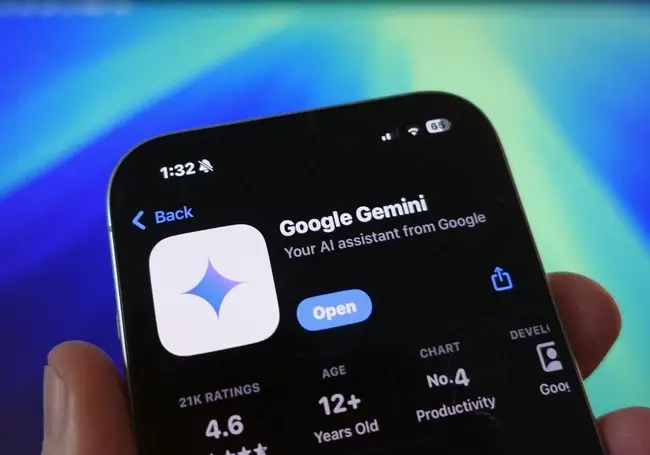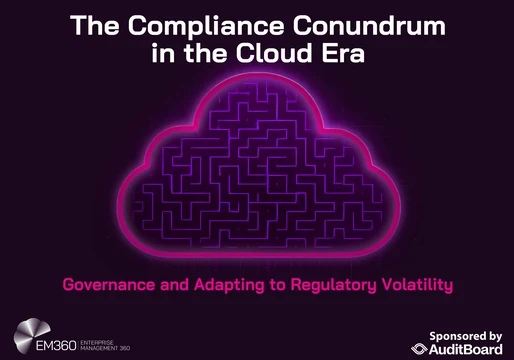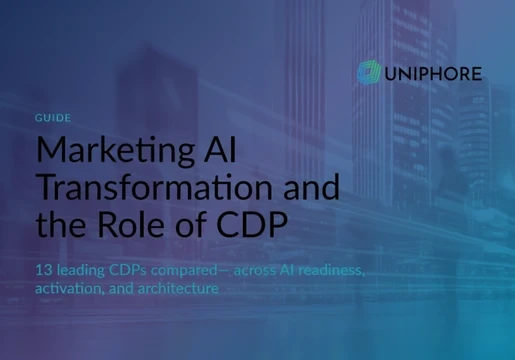Google has just released the latest iteration of their large language model, Gemini 2.5. They tech giant claims that it is their most intelligent model yet.
But what is Gemini 2.5, how does it work and how is it different from previous versions? We’ve got you covered with this comprehensive guide

What Is Gemini 2.5?
Gemini 2.5 is a set of thinking models that are capable of high levels of reasoning. This means they ‘think’ things through before responding to prompts, resulting in higher accuracy and better performance.
Thinking things through involves the model analyzing information, drawing logical conclusions, and incorporating context and nuance.
Gemini 2.5 Pro shows significant improvement across the coding process. This encompasses everything from creating sophisticated web applications, developing agentic code applications, to performing complex code transformations and editing them.
This builds on the previous models proficiencies and launches with an impressive 1 million token context window, with plans to expand to 2 million This enables Gemini 2.5 to process and understand vast amounts of information.
In terms of benchmarks, Gemini 2.5 is leading the LMArena leaderboard.
How To Use Gemini 2.5?
Gemini 2.5 Pro Experimental is currently accessible through Google AI Studio and for Gemini Advanced users, with its availability on Vertex AI anticipated in the near future.
For general users seeking advanced AI capabilities, Gemini 2.5 Pro is accessible through a Google One AI Premium plan. This provides a user-friendly interface within Google's ecosystem, integrating Gemini's power into applications like Gmail and Docs.
Developers and those requiring more control over inputs and outputs can utilize Google AI Studio.
For programmatic access, the Gemini API allows developers to integrate Gemini 2.5 Pro into their own applications. This option provides flexibility for automating tasks, generating structured responses, and building custom AI-powered solutions. This platform offers a space for experimentation, supporting multimodal inputs (text, image, video, audio) and enabling users to test tool use and complex workflows.







Comments ( 0 )